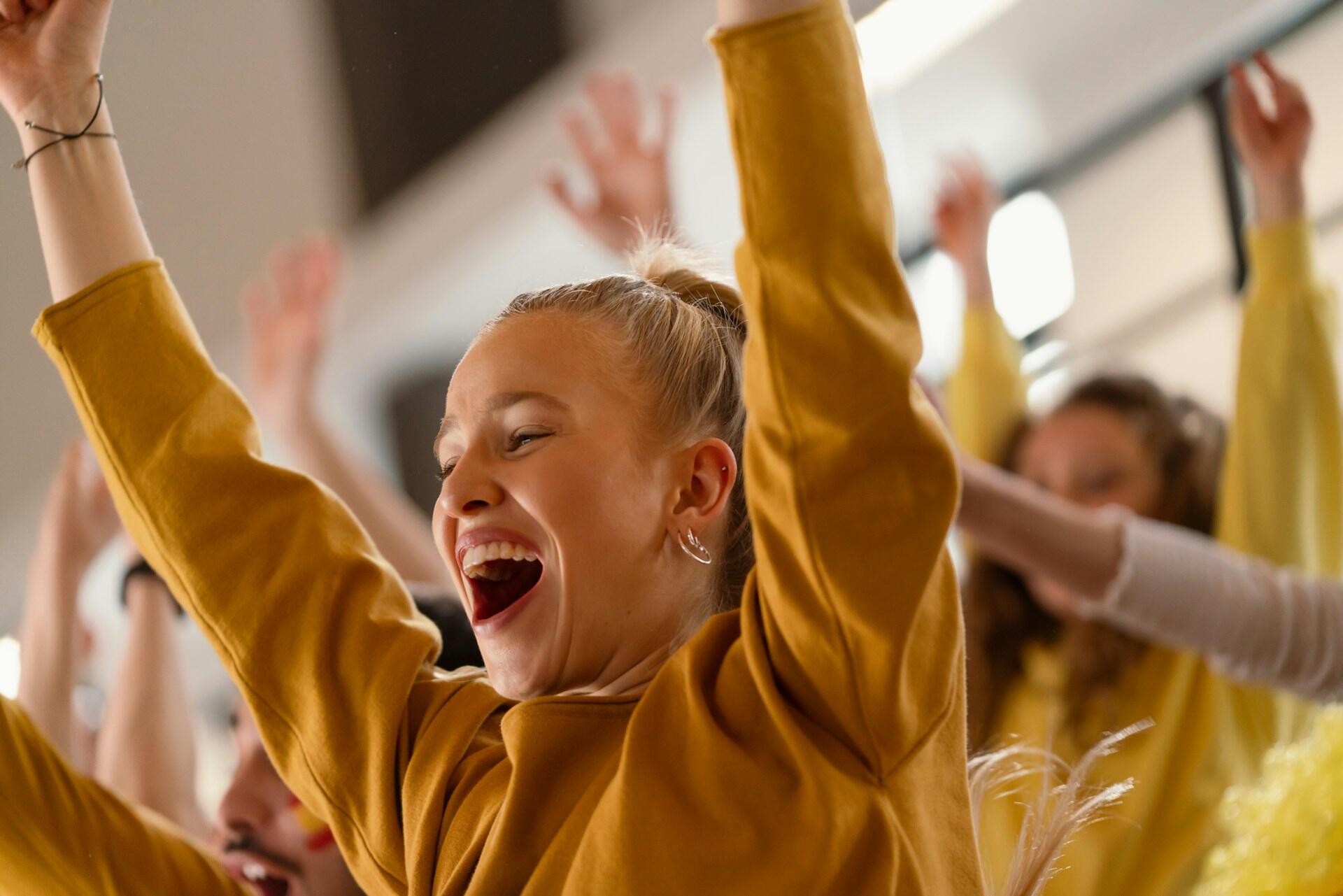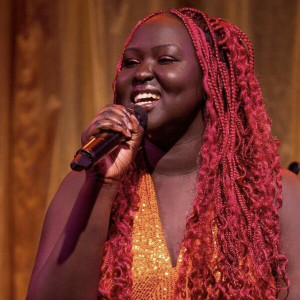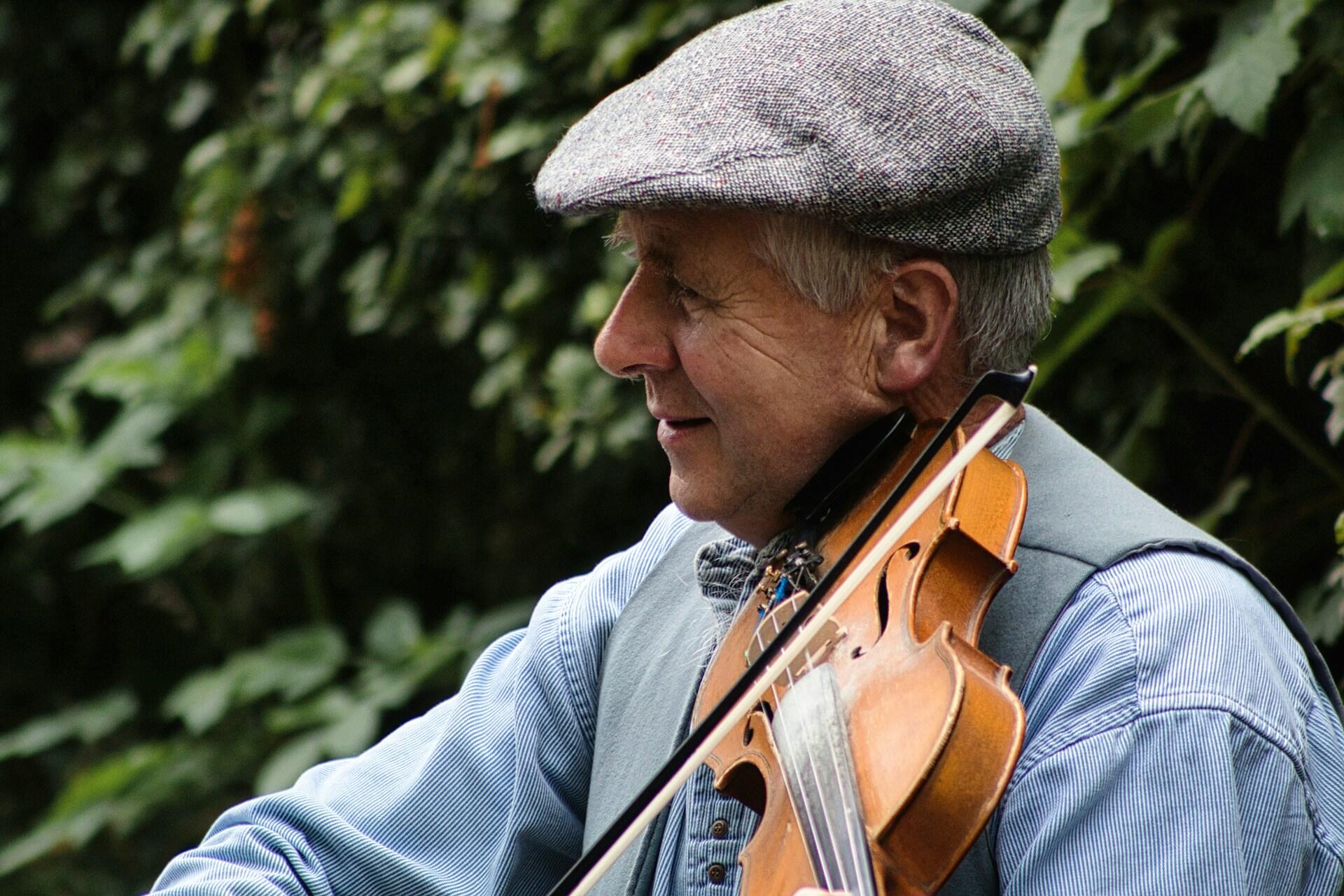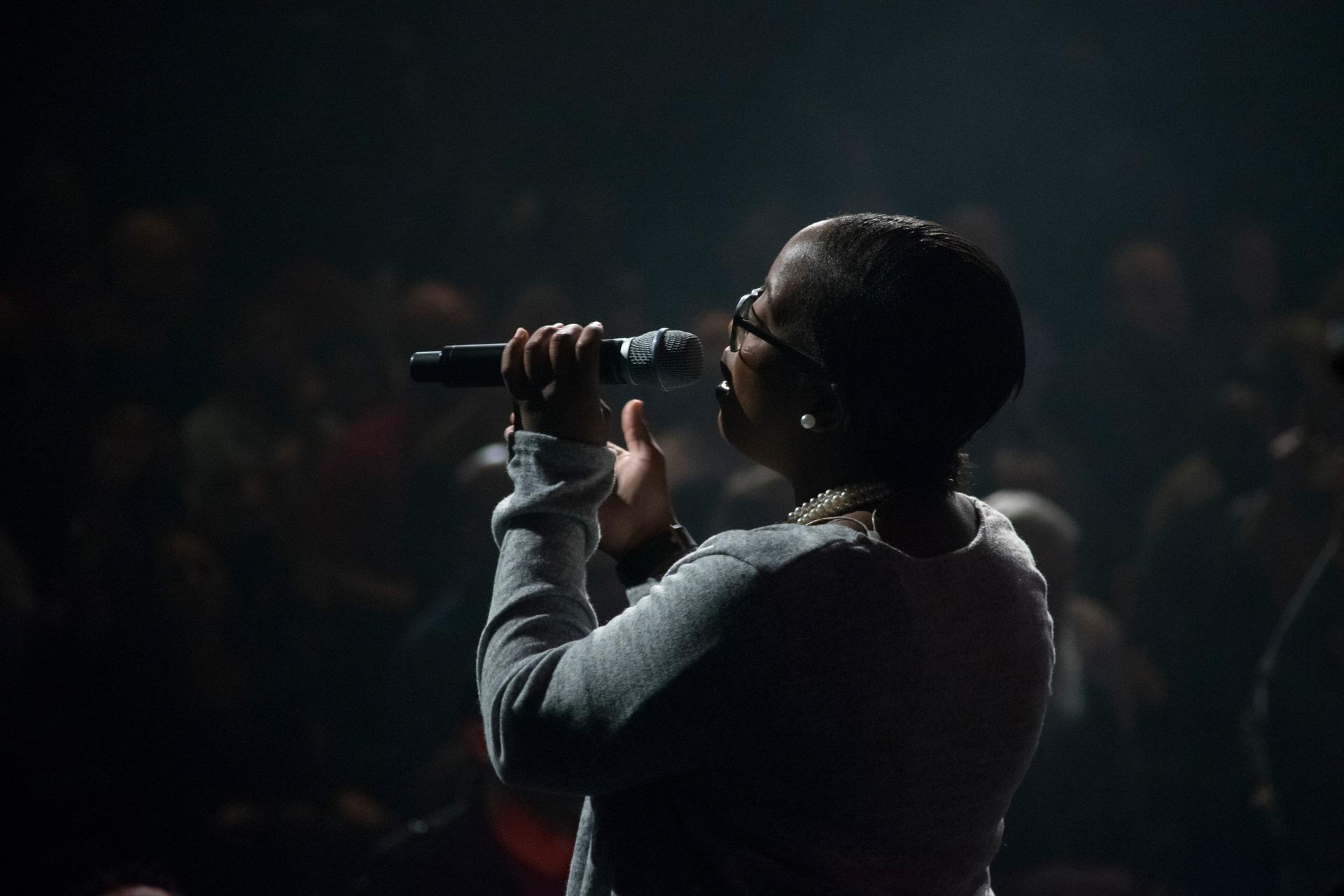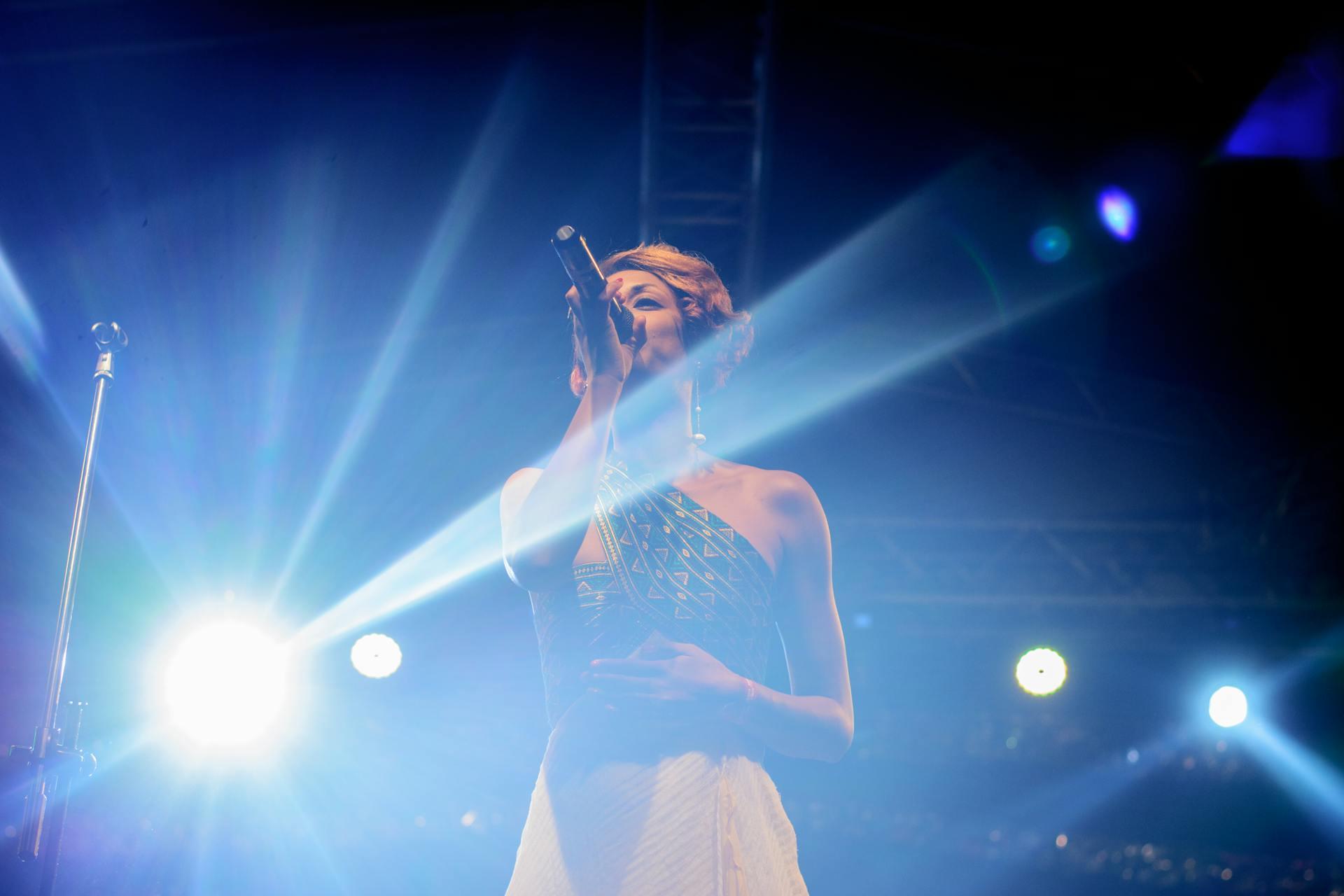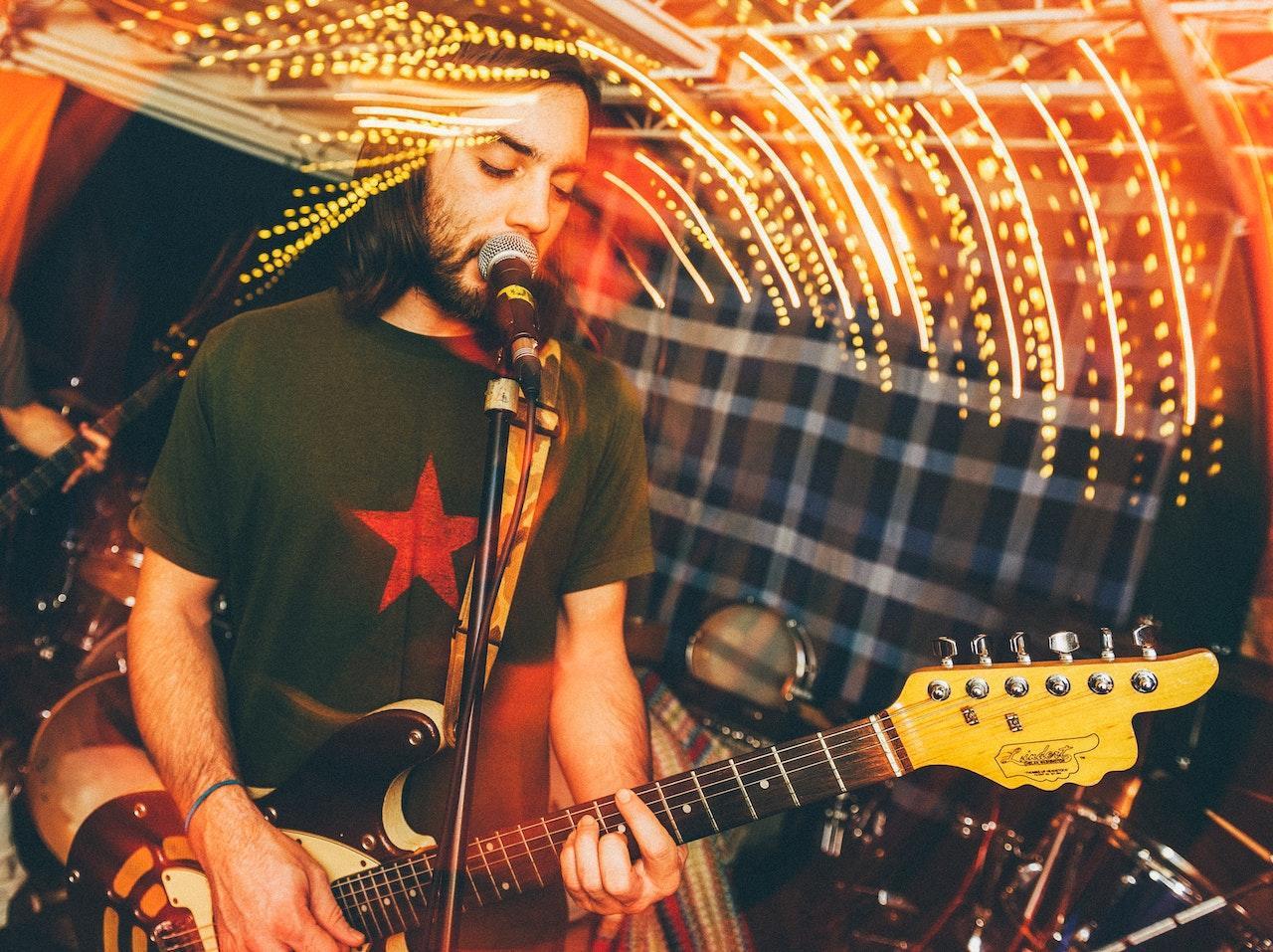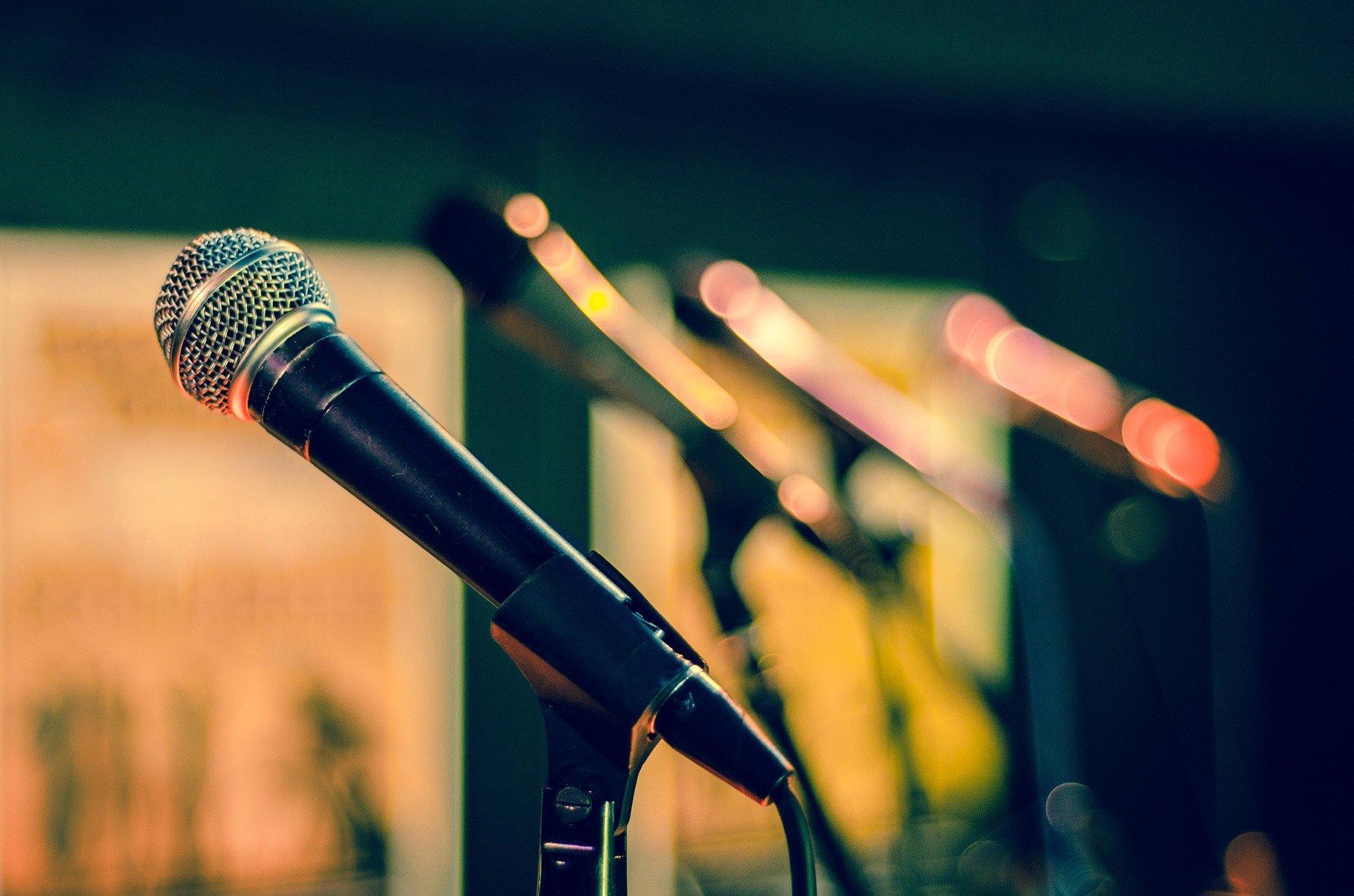From Aussie nursery rhymes to the most mosh-able punk tracks, our country's musical catalogue has something for everyone. In this article, Superprof covers songs for kids of all ages, from tunes for our youngest listeners to those that power our teens through their challenges. The songs are sorted by age, namely, who would get the most out of them.
| 🎶 Song Title | 🎤 Artist | Best for 👧🧒 |
|---|---|---|
| Five Little Ducks | Raffi | Toddlers |
| Bluey's Theme Song | Joff Bush | Toddlers and young children |
| Kookaburra | Marion Sinclair | Toddlers and young children |
| Hot Potato | The Wiggles | Primary school children |
| How Far I'll go | Auliʻi Cravalho | Primary school children |
| I Was Only 19 | Redgum | Tweens and teens |
| True Blue | John Williamson | Tweens and teens |
| You're The Voice | John Farnham | Tweens and teens |
| Beds Are Burning | Midnight Oil | Older teens |
| The Nosebleed Section | Hilltop Hoods | Older teens |

Five Little Ducks - Raffi
Every parent likely knows this traditional song. In fact, they probably sing it to/with their little ones, holding up the required number of fingers for each verse. Singing about these ducks is a pleasant way to spend a time on a gloomy afternoon or during the morning lull, right before nap time. In fact, if you sing it softly enough, it qualifies as a lullaby for infants.
For toddlers, rhyming songs with associated finger play serves a vital function in building word and movement associations. It also helps them master sequencing, particularly for number order. And it does wonders for building memory skills!
Bluey's Theme Song - Joff Bush
This happy ditty is instantly recognisable across the country, both with kids and kids at heart. Granted, a bouncy tune and the characters' names as the only lyrics isn't much of a song. Still, our youngest music lovers get as much benefit from this track as they get enjoyment from it. Especially the extended version.
In the course of shouting out the Bluey family names, toddlers are building language and memory skills. They're also mastering the intellectual capacity to sequence information and coordinate visual and abstract information. And that bit, towards the end, when Bluey turns around and shakes his tail, is only good for pure delight.
Kookaburra - Marion Sinclair
Marion Sinclair attended Toorak College as a child, and returned there to teach music as an adult. She was heavily involved in child-oriented initiatives, particularly the Girl Guides and other church activities. In fact, she was in church when the inspiration for Kookaburra struck; she rushed home to write the lyrics down before she forgot them.
Of all the tunes on our Australian Kids songs list, this one has the longest history. Marion first performed it in 1934, for a song competition. Her song won and is now sung around the world.
Hot Potato - The Wiggles
Let's face it: some foods are inherently fun. Wiggly spaghetti, the portable banana and versatile potato are three such foods. So, why not unite them in the only way possible - in song and dance? After all, their only other common factor is their pale colour, and that's no fun at all!
In fact, pretty much any selection from The Wiggles is sure to please; this one just happens to be a heavy favourite. And why not? It has a lively beat, it's short and sweet, and it's fun to dance to. The repeating lyrics, with matching movements, help build memory skills, all while making us giggle!

How Far I'll go - Auliʻi Cravalho
Obviously, this is not an Australian song for kids. However, Australian kids happen to love this song! In fact, many of them identify with Moana, thanks to her fierce independence and determination. And most of all, because Moana proudly wears her culture and embraces her people's tradition.
Disney pretty much owns the market where kid-safe pop songs are concerned. The lyrics are mostly positive and empowering, and the music is uplifting and smile-provoking.
That is, unless the song revolves around the main character's conflict, which often involves the loss of a parent. Or, as in Moana's case, a set of parents who want to keep her from her destiny. Like Elsa's parents did.
Bonus Track: Let It Go - Idina Menzel
Frozen was a landmark film in Disney history. It broke decisively from legacy Disney story lines, typically those that describe pale princesses waiting for some prince to rescue them. In Frozen, the focus was on sisterly love - not romantic love, and empowered female characters who lead the story.
The anthem Let It Go has a deeper meaning. Not just letting go of troubles and things that weigh you down, as the film depicts, but letting go of traditions and rules that no longer serve.
Since its pivot from tradition in 2013, Disney has broken ground in other areas. Rejecting the romance story line outright, Disney films now feature ethnic protagonists (Moana, Coco) and address mental health issues (Inside Out, Soul). Still, Let It Go remains the favourite across Australia, for a lot of kids and for more than a few parents.
I Was Only 19 - Redgum
Why does a song released in 1983 resonate with today's teens? Without going deep into the doom and gloom of ominous forecasts, we appear to be headed in the same direction that this song warns us against.
As we gather from the lyrics, Redgum sings about soldiers of the Vietnam War. Still, the experiences of soldiers are universal, especially the confusion, horror, and trauma they suffer. Redgum didn't want that for the youth of the day, and probably doesn't want for today's youth.
Plenty of kids translate Vietnam War veterans' struggles into what our Anzac vets went through with no problem. So, while not exactly a song that belongs on our Anzac Day song roster, I was Only 19 fits the mood and the purpose.
True Blue - John Williamson
No Aussie could escape this lovely ballad; we play it at rugby and cricket matches, as well as more formal ceremonies. True Blue accompanied Steve Irwin on his journey from this Earth. Reportedly, it was his favourite song.
Is it everywhere because it's good or is it good because it's everywhere?
Outside of Australia, people interpret the phrase 'true blue' to mean loyalty and honesty. That's fine for them but, in Australia, it's slang for 'genuinely Australian'. This song's lyrics are loaded with Australianisms that only insiders could understand though, notably, references to Vegemite have been scrubbed. John didn't want his song to become a product advert. How sensible!
You're The Voice - John Farnham
How long can we look at each other down the barrel of a gun?
Chris Thompson, lyricist
This song is a history lesson in civic engagement and direct activism. In 1985, more than 100 000 people gathered in London's Hyde Park to protest nuclear weapons and technologies. British songwriter Chris Thompson intended to participate but he overslept.
He expressed his remorse for missing the event by writing this song with his collaborators, who did attend the rally. Its lyrics emphasise the need - the mandate! - for people to raise their voices and make themselves be heard in political matters that impact them directly (and indirectly).
Though John released this global mega hit in 1986, its message remains as vital and urgent today as it did back then; perhaps more so. The vocal power he puts forth to convey his belief in what he's singing is enough to supercharge any listener. It remains one of the most motivational songs this wordsmith has ever heard.
Beds Are Burning - Midnight Oil
Once children outgrow Australian kid songs targeted at those ten years old and under, they're ready for music that goes that extra chord. And, preferably, songs that will give them more to think about. The previous three tracks are fine examples of such, and Beds Are Burning kicks things up a notch.
At first blush, this is just another hard rock song: standard beat, harmonising vocals, and tight lyrics. A closer listen reveals an anthem for fairness and an expression of outrage that we carry on with the status quo.
Kids, even teens, have an innate sense of fairness (that modern society often shames them out of). So, it's no wonder that this 1987 song still resonates with Australian teens today.
The Nosebleed Section - Hilltop Hoods
This is the rap that put Hilltop Hoods on the map. The first rhymes talk about how they thought they'd have made it by then, that they'd be on top, thanks to all their hard work. But none of it seemed to matter; they were just as broke and scrambling as before.
They were, in effect, in the nosebleed section; the cheapest seats in any arena. So high up that one's nose might start bleeding - hence, the name. That's what teens identify with; they want to have more than nosebleed access to their lives' events.
They want to be on the stage, splashing on all the high-dollar front-row viewers. It's a goal they would do (nearly) anything to achieve. This rap helps fuel that fire.
Don't you love how The Nosebleed Section samples Melanie's People in the Front Row?
In other words, the seats furthest away from the action - the cheapest seats! - take from the places closest to the stage.
Obviously, The Nosebleed Section isn't exactly a clean rap song you might play for younger students. However, it is a rap that older students can relate to, especially those who are trying to get their lives started.

